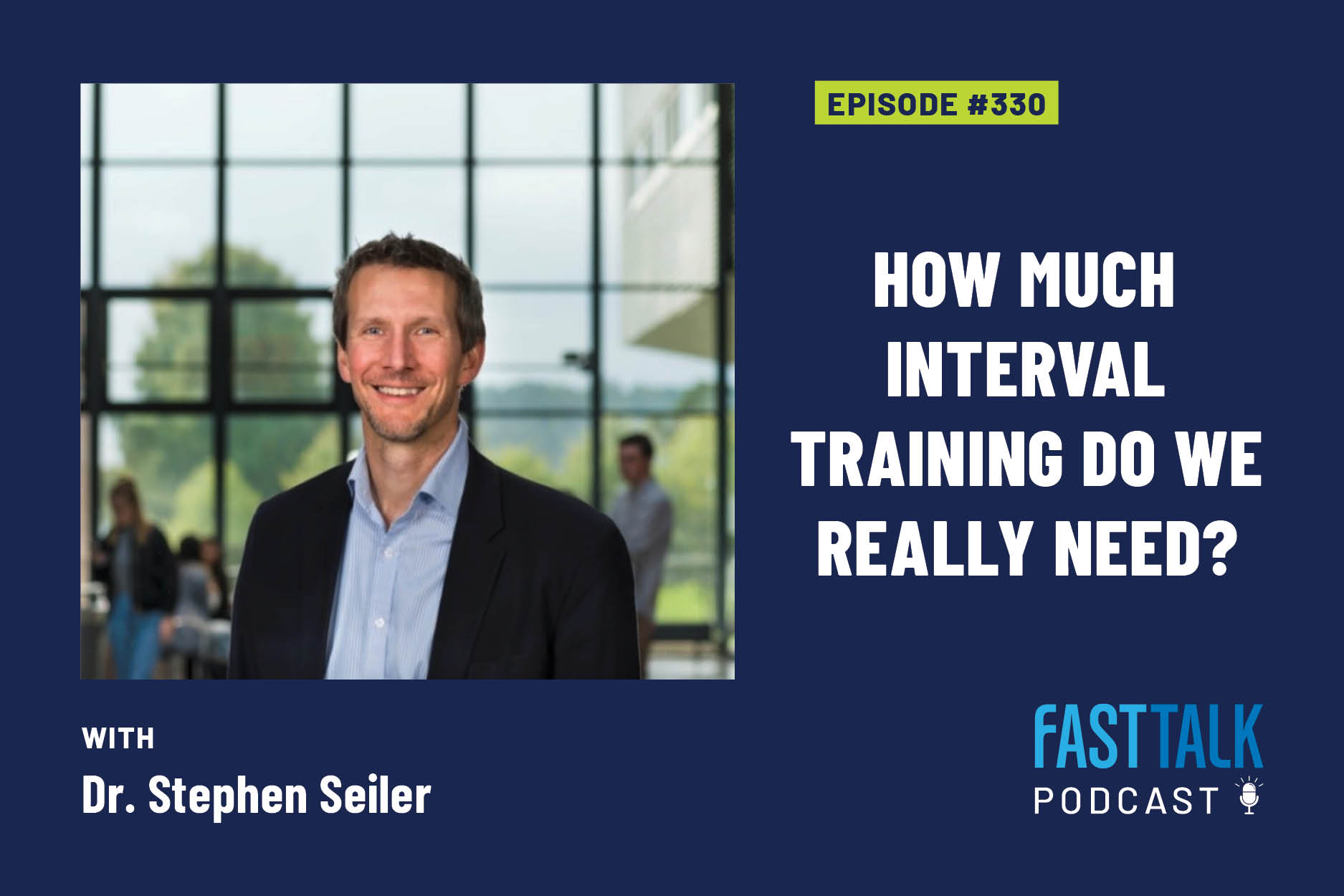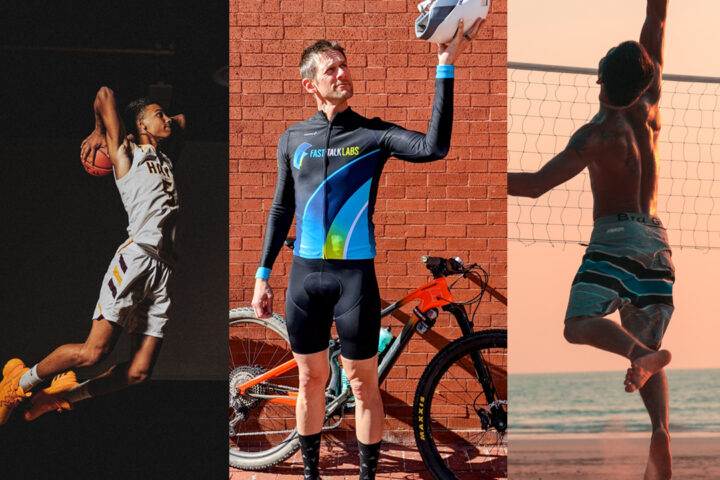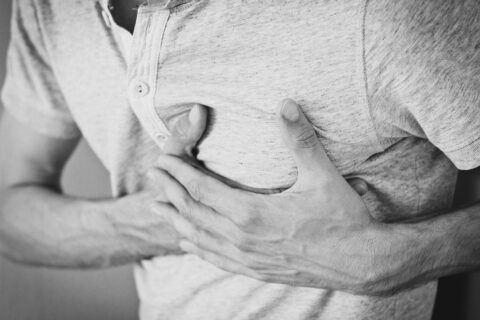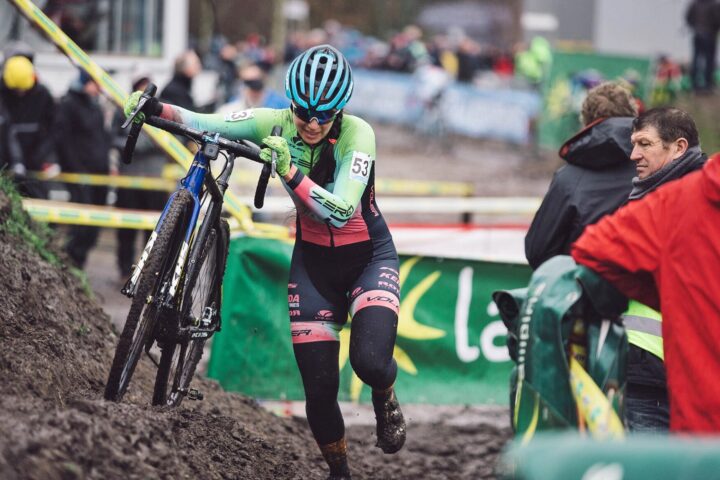Nothing has been researched more than high-intensity interval training. We talk with Dr. Seiler about what the science really says and how to apply it to our own training.
Nothing has been researched more than high-intensity interval training. We talk with Dr. Seiler about what the science really says and how to apply it to our own training.










